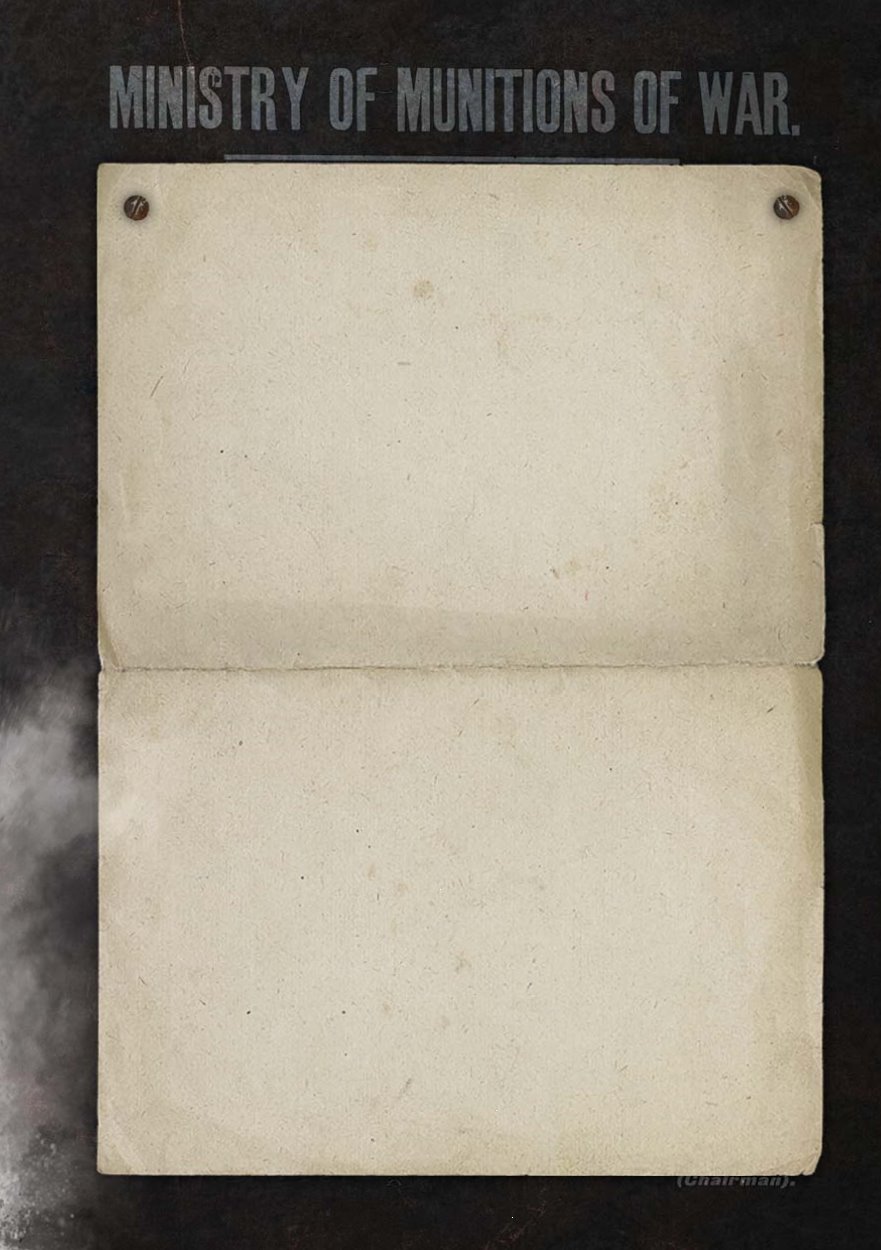

M E M O I R S
of
S O M E
G R E T N A
G I R L S
HANNAH
ATHERTON
came to Gretna from County Durham in
1917. She worked in the gun cotton plant, where the cotton was
processed and dried. Once it was dry, the cotton was removed
from the large zinc pans and placed into bags ; it was a very
dusty job and the workshop had to be hosed down continually.
The women were provided with rubber boots and face masks to
combat the mixture of water and dust.
After a while, Hannah became a ‘chargehand’ and was given
the responsibility of supervising a group of girls. She had to
teach them how to dry the cotton and supervised their work.
The drying area was at great risk of fire and the women needed
to be prepared for the potential dangers of their work. They
were therefore trained in fire fighting, and were taught how to
use ladders and handle hoses,by the local Fire Brigade.
Hannah worked at HM Factory Gretna throughout the
rundown period in 1919,then returned home to work in domestic
service.
VICTORIA
ROBERTSON
lived in Carlisle. She started work at the
Factory aged 16, getting the train to and from the Mossband
Section every day.Victoria worked in the electrical maintenance
department, with between 11 and 17 other girls, and was
supervised by a Mr Forster.The girls worked in pairs, checking
and repairing electrical ranges and light switches around the
various buildings in the factory.
She remembered working around the factory and seeing the
other girls in their khaki trousers and jerkins, as well as aspects
of cordite production, including the strong fumes and finished
cordite coming out of machines like spaghetti.
After the war,Victoria remained interested in electrical works
and joined the ElectricalAssociation forWomen.
materials of war 25














